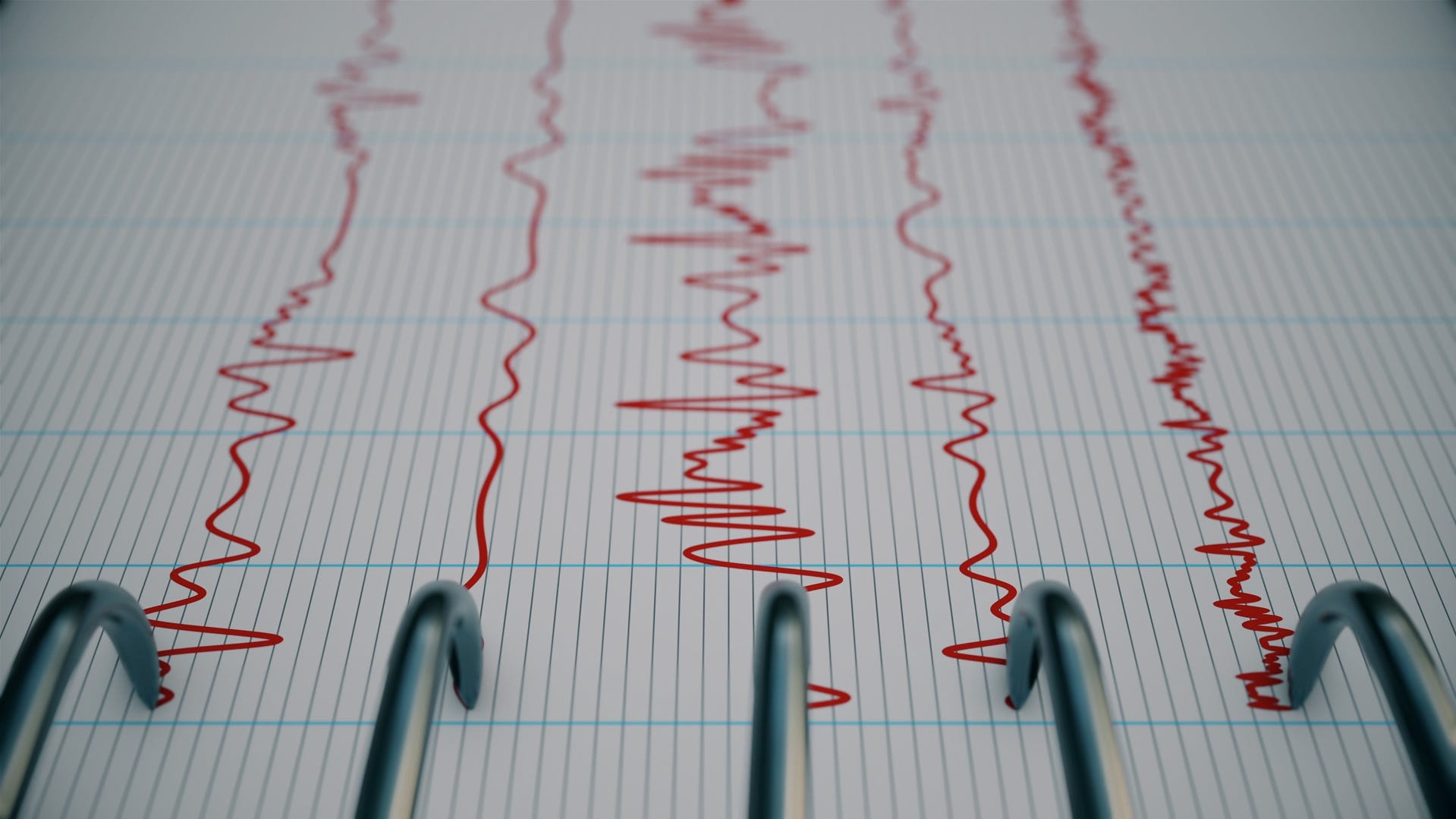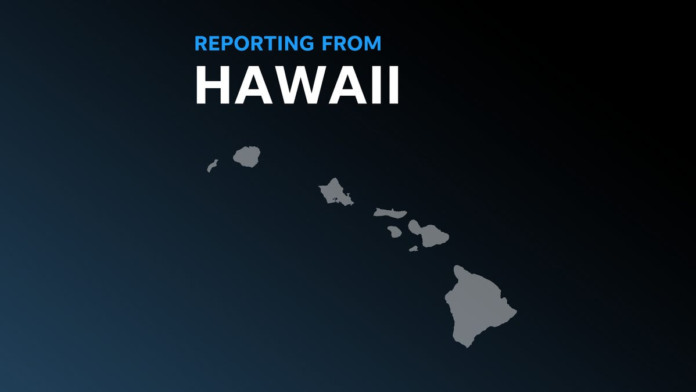
Are earthquakes happening more? What to know on earthquake frequency.
Are earthquakes happening more often with greater severity? Here is what we know now.
- The largest quake was centered about 90 miles east of the city of the Russian city of Petropavlovsk-Kamchatsky.
- No damage or injuries were immediately reported, according to Russian media.
A series of powerful earthquakes and aftershocks that rocked Russia’s far eastern coast triggered a tsunami watch for Hawaii that was canceled about 40 minutes later.
The strongest quake, magnitude 7.4, struck near the coast of the Kamchatka region at about 2:50 a.m. ET, according to the U.S. Geological Survey. Four of quakes and aftershocks reached 6.0 or higher.
A tsunami watch was issued for Hawaii minutes after the quakes began rolling. Watches were issued for Russia’s Kuril Islands; they were canceled hours later.
The Geological Survey reported the largest quake, at a depth of over 12 miles, was centered about 90 miles east of the city of Petropavlovsk-Kamchatsky, home to about 180,000 people. State-run Russian media outlets said there were no reports of casualties or damage.
The watch was issued four days after a magnitude 7.3 earthquake struck the Alaska Peninsula, briefly triggering a tsunami warning for the state’s southern coast. Residents of several communities were ordered to move inland to higher ground. Hours later the watch was canceled.
A magnitude 4.7 earthquake struck the Big Island of Hawaii August 2024, but no tsunami watch was issued.
A tsunami watch occurs after any earthquake that risks generating a tsunami. A watch is upgraded to a tsunami advisory if the potential tsunami could cause dangerous currents or waves but would likely not cause widespread damage.
A tsunami warningis issued if forecasters believe the tsunami may cause widespread, dangerous flooding and powerful currents that may continue for several hours or days.
A tsunami is a series of extremely long waves caused by a large and sudden displacement of ocean waters, usually the result of an earthquake below or near the ocean floor. The force creates waves that radiate outward in all directions away from their source, sometimes crossing entire ocean basins, according to a description from the National Oceanic and Atmospheric Administration.
Unlike wind-driven waves, which only travel through the topmost layer of the ocean, tsunamis move through the entire water column, from the ocean floor to the ocean surface.
